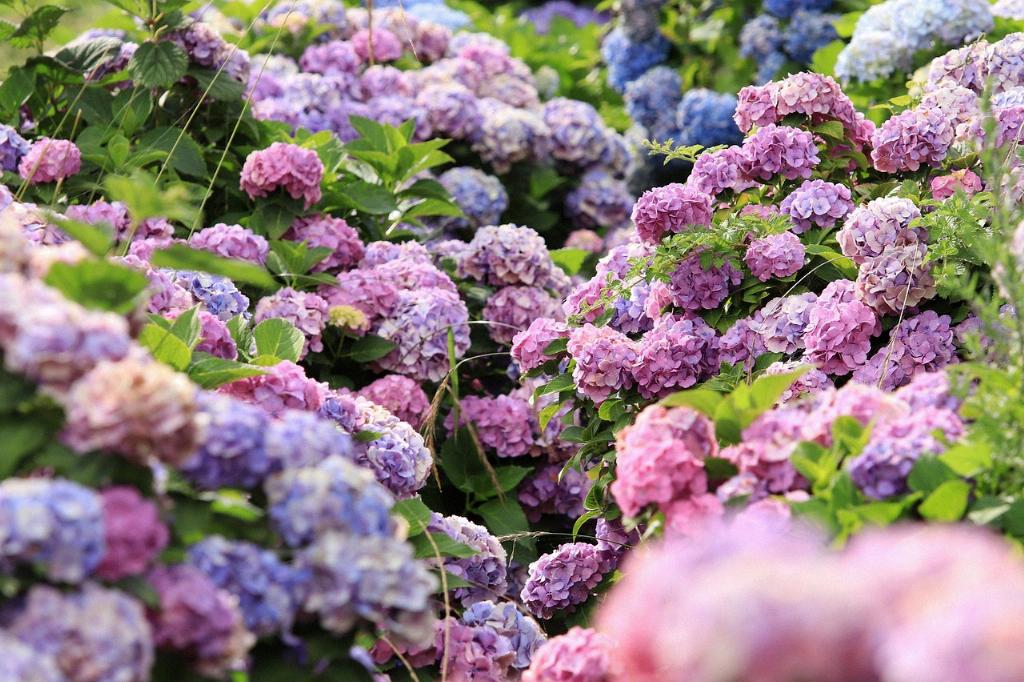Winterizing hydrangea plants is essential for their survival during the colder months. One key step in this process is to apply a layer of chunky mulch around the base of the plant. While decorative mulch can be visually appealing, opt for materials like straw, marsh hay, or fallen leaves for better insulation.
It is advisable to wait until the ground has frozen before applying mulch, as this will help lock in moisture and protect the plant’s roots. In warmer zones, you can start this process in late fall or early winter to prepare the hydrangeas for the colder weather ahead.
Aside from mulching, another crucial aspect of winterizing hydrangea plants is ensuring they have received adequate nutrients. Top-dress the soil with compost before the ground freezes to provide essential nourishment to the plants during their dormant period.
Pruning is also a recommended step in preparing hydrangea plants for winter. Remove any dead or diseased branches to promote healthy growth in the upcoming season. However, be cautious not to over-prune, as this can leave the plant vulnerable to harsh weather conditions.
Additionally, hydrangea plants benefit from being shielded from strong winds during the winter months. Consider erecting a temporary barrier or using burlap to create a windbreak that will protect the plants from drying out or becoming damaged by gusts of wind.
Watering is another crucial aspect of winterizing hydrangea plants. Ensure the plants are adequately hydrated before the ground freezes, as this will help them withstand the winter months without succumbing to dehydration.
While hydrangeas are generally hardy plants, certain varieties may require extra protection during particularly harsh winters. Wrapping the plants in burlap or providing a thick layer of mulch can offer added insulation and safeguard them from extreme temperatures.
Monitoring the weather conditions throughout the winter is essential for ensuring the health of hydrangea plants. Be prepared to provide additional protection if unexpected cold snaps or heavy snowfall occur, as these can pose a threat to the plants.
Properly winterizing hydrangea plants not only ensures their survival during the colder months but also sets the stage for healthy growth once spring arrives. By taking the time to follow these steps and provide the necessary care, you can enjoy vibrant and flourishing hydrangea plants year after year.

